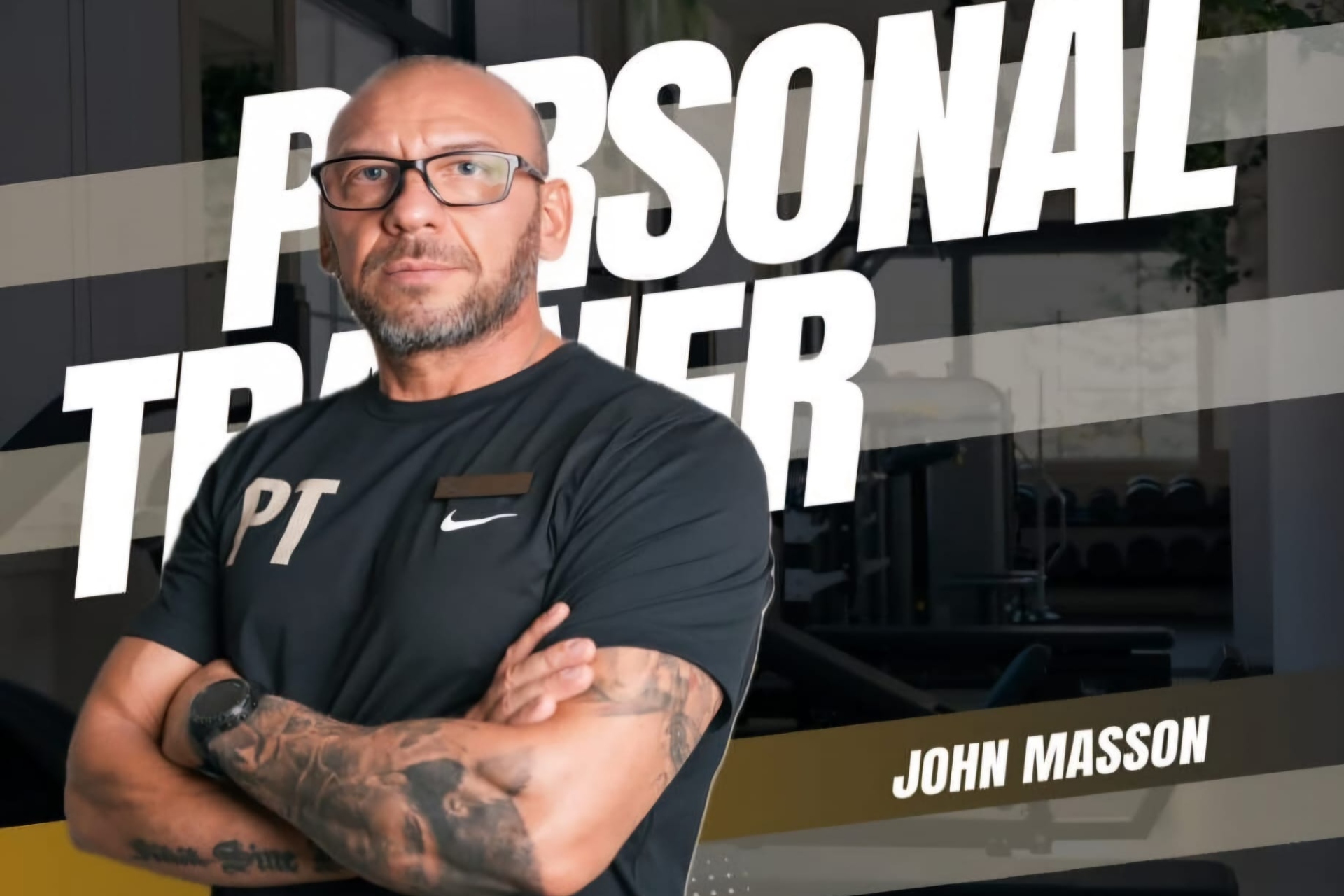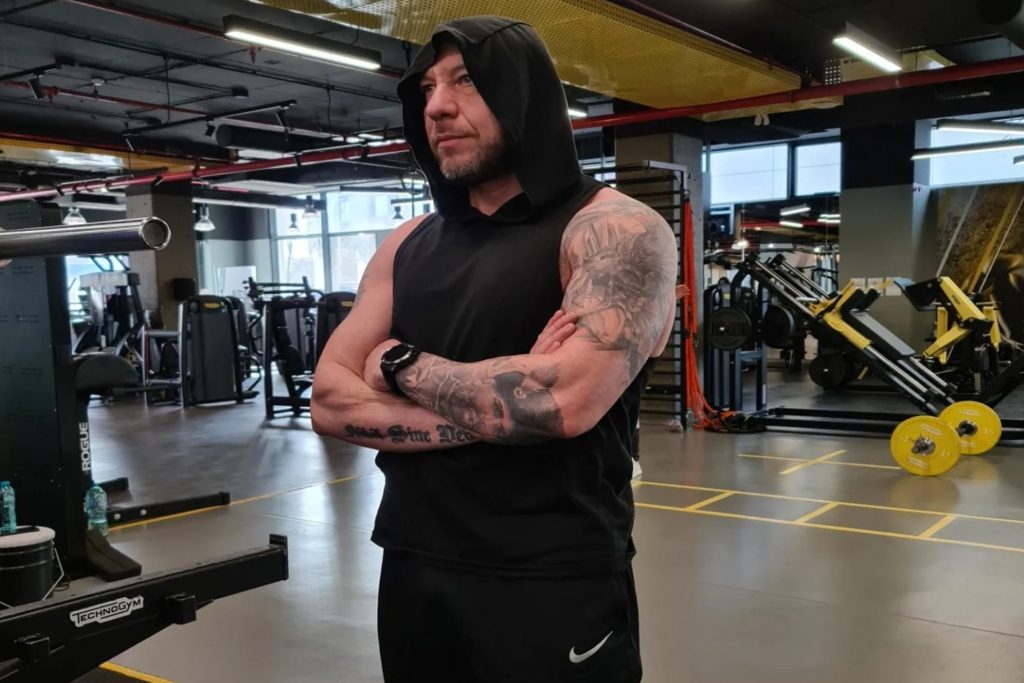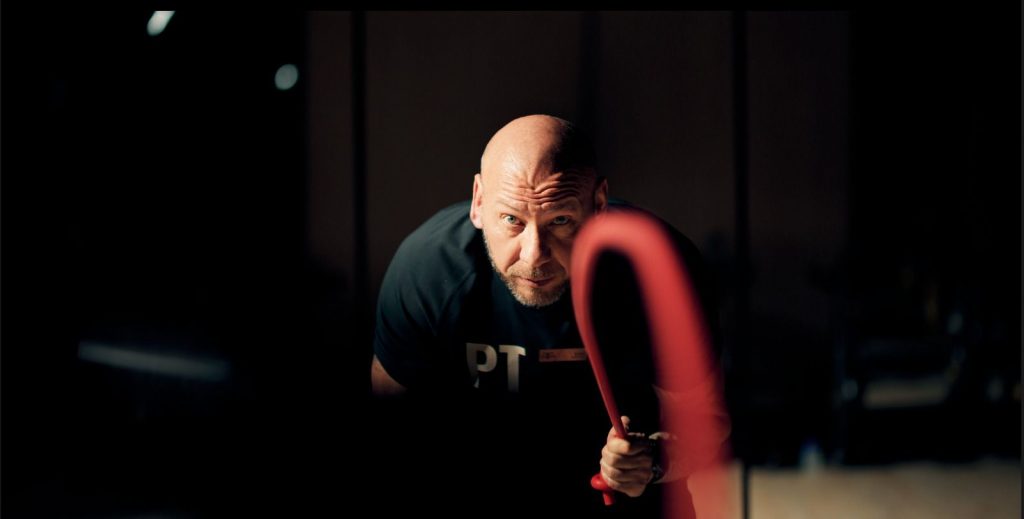
Have a question? Call now! +1 646 810 8764

Welcome to Luxury Lifestyle Awards!
Would you like to talk to one of our award managers about nomination of your company?
Our team is happy to help with any questions you may have.
Call: +1 646 810 8764 Send Email Live Chat Contact Us03.07.2024

An Interview conducted by our media partner Rhapsody Magazine
Rhapsody Magazine is delighted to have a conversation with John Socherel, a passionate fitness enthusiast and renowned Strength and Conditioning Coach. John Socherel, with a plethora of accomplishments including distinctions from the British Military Fitness Academy and as a Human Movement Specialist, has been an inspiration to many through their journey. In this interview, they explore his personal journey in fitness, collect insightful tips, and dispel prevalent fitness myths.
Personal Fitness Journey
R-M: Could you share your fitness journey with us? What inspired you to begin?
J.S: I embarked on my fitness journey 25 years ago. As a performance athlete in Judo, my initial motivation stemmed from the need to recuperate from spinal surgery. It was driven by a desire to enhance my health and to embrace fitness as a means to test my limits, both physically and mentally.
R-M: What were some of the most significant challenges you encountered in the beginning?
J.S.: Recovering from spine surgery, which took over a year, was one of the most significant challenges. It required immense persistence and dedication to overcome, but eventually, I learned to adapt and surmount the hurdles. Adapting from military to civilian life was another challenge, which underscored the importance of distinguishing between the two systems and learning how to effectively integrate fieldwork with civil society initiatives.
Fitness Routine and Tips
R-M: Can you describe your current fitness routine?
J.S.: My fitness regimen includes a combination of Military Cross Fit, functional training, strength conditioning, cardiovascular workouts, flexibility drills, Combat unarmed training, and Animal Flow. I exercise 6-7 days per week, targeting different muscle groups on each day. For instance, Mondays are for body weight exercises focusing on the chest and back, Tuesdays for cardiovascular and abdominal workouts, Wednesdays for shoulder and arm exercises, Thursdays repeat the cardio and abs routine, Fridays are dedicated to leg workouts, Saturdays for a specialised military cross-fit routine, and Sundays are reserved for rest and recovery.
R-M: What tips to beginners embarking on their fitness journey?
J.S: Certainly! For novices, it’s best to begin gradually, avoid taking on too much at once, and consider finding a workout partner. Setting achievable goals and progressively intensifying your workouts is crucial. Remember to heed your body’s signals and incorporate necessary rest days.
R-M: What keeps you motivated and consistent in your workout routine?
J.S.: Maintaining motivation can be tough, yet setting incremental goals and monitoring my advancements proves to be very effective. Also, partnering with a workout companion or becoming part of a fitness group offers significant encouragement and responsibility.
Nutrition and Diet
R-M: Can you tell us about the role of nutrition in your fitness routine?
J.S.: Nutrition is paramount. There’s a common saying that fitness is 70% diet and 30% exercise, which I find accurate. The food you consume greatly affects your energy, recovery, and overall athletic performance.
R.M: Can you describe your typical daily diet?
J.S: My typical day consists of a high-protein breakfast, a well-balanced lunch, and snacks of nutritious vegetables and fruits. I concentrate on consuming whole foods and ensuring a balanced distribution of macronutrients.

Addressing Common Fitness Myths
R-M: What are some common fitness myths you have encountered, and how do you debunk them?
J.S: A prevalent myth is that pain is beneficial. In reality, the adage “No pain, no gain” perpetuates the misconception that pain is an essential component of fitness improvement. While some discomfort or minor pain may occur during exercise, it is not indicative of progress, and excessive pain should be a signal to cease activity. There is no direct link between muscle soreness and fitness advancement. Persistently exercising to the point of pain can lead to over-training, injuries, and burnout. Insufficient rest impairs muscle recovery and impedes fitness development. Learning to heed your body’s signals and stopping at the onset of sharp or persistent pain is crucial for preventing injuries or mitigating them before they worsen.
Excessive sweating does not necessarily indicate a more effective workout or increased fat burning; it simply means your body is too hot and is attempting to regulate its temperature.
Dynamic stretching before exercising can enhance your range of motion, lessen muscle soreness, and prepare your muscles for physical activity. Conversely, engaging in static stretching after a workout can aid in muscle recovery and alleviate stiffness.
Another common myth is that if you’re not sore, you didn’t have a good workout. This belief is part of the broader misconception that pain equates to progress. Many people assume that soreness after a workout means their muscles are strengthening and that they are advancing in their fitness goals.
The most effective way to achieve fitness progress is to adhere to a program that employs progressive overload, which involves gradually increasing the intensity or duration of your exercise to enhance your fitness level.
It’s normal to feel sore and have DOMS (delayed onset muscle soreness) after starting a new exercise routine or ramping up intensity. However, soreness is not a reliable measure of fitness progress or level. Excessive soreness that prevents you from working out affected muscles two or three days post-exercise suggests over-training, which can impede proper muscle recovery.
Motivational Stories and Advice
R-M: Could you share an inspiring story from your fitness journey?
J.S: Certainly. One of the most pivotal moments was when I, as a competitive athlete, was always in peak condition. However, following a serious injury, I found myself confined to bed for several months. During this time, I gained weight, my muscle mass diminished, and I struggled with depression.
I never gave up; I am a fighter. I resolved not just to recover but to return stronger. Beginning with physiotherapy, I gradually progressed to light workouts. It was a slow and arduous journey, yet my determination was unwavering.
After a year of tireless dedication, I regained my fitness. More crucially, I conquered my mental barriers. I emerged happier, more self-assured, and eager to face the world. My transformation stands as evidence of the mind’s strength and the critical role of mental health in one’s fitness journey. It serves as a reminder of my initial motivation and the distance I’ve travelled. The positive changes in my life and their ripple effects on others fuel my perseverance.
R-M: What advice would you give to someone struggling to maintain a healthy lifestyle?
J.S.: I would advise them to persevere, to never give up or surrender, and to keep moving forward. It’s important to acknowledge that setbacks are normal, and the key is to recover and resume your path. Incorporate activities you love into your daily routine to make it sustainable.
R-M: Thank you for sharing your insights and experiences. Your journey is indeed an inspiration.
J.S.: It’s been a pleasure. I hope my story will motivate others to chase their fitness aspirations and adopt a healthier way of life.
R.M: Certainly. Do you have any final thoughts or guidance to offer?
J.S.: I’d like to emphasise that fitness is a continuous journey, not a final goal. Persist in your efforts, maintain a positive outlook, and relish the journey.
